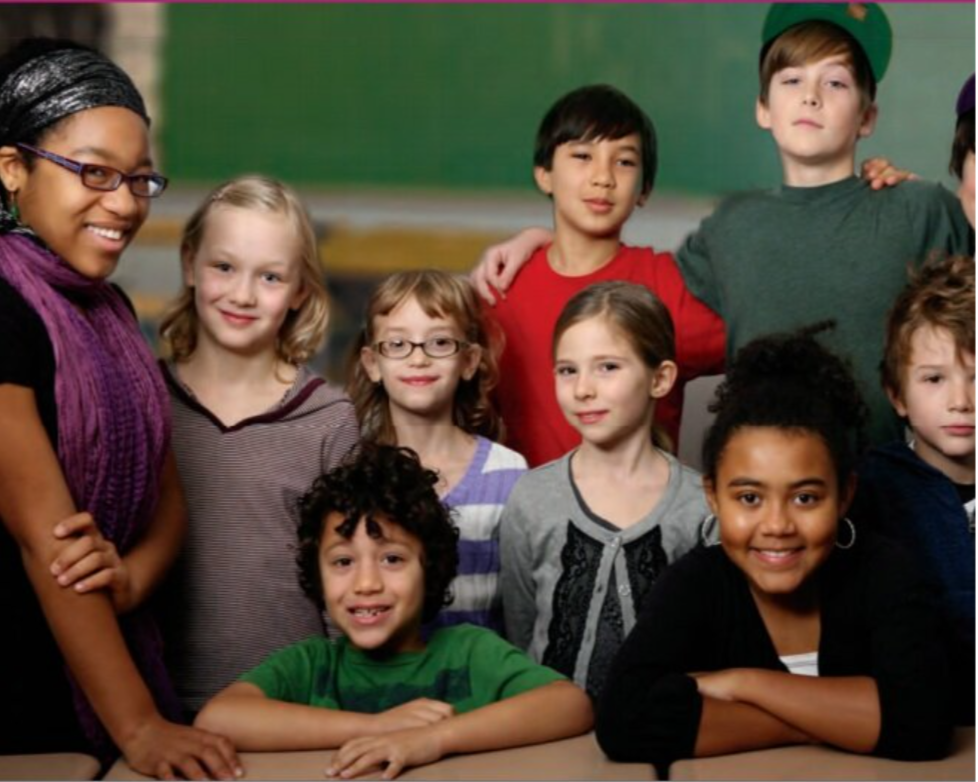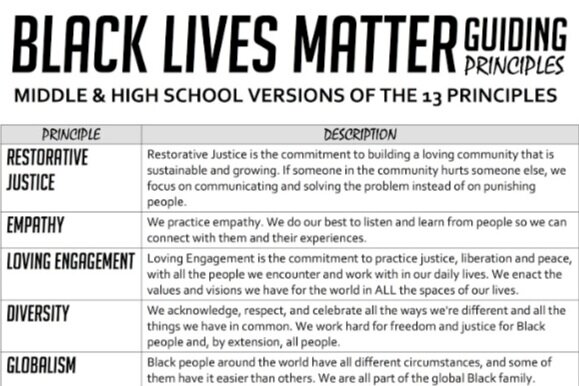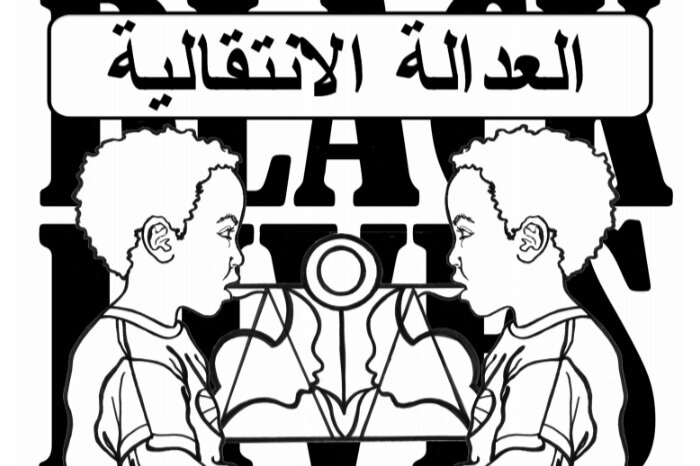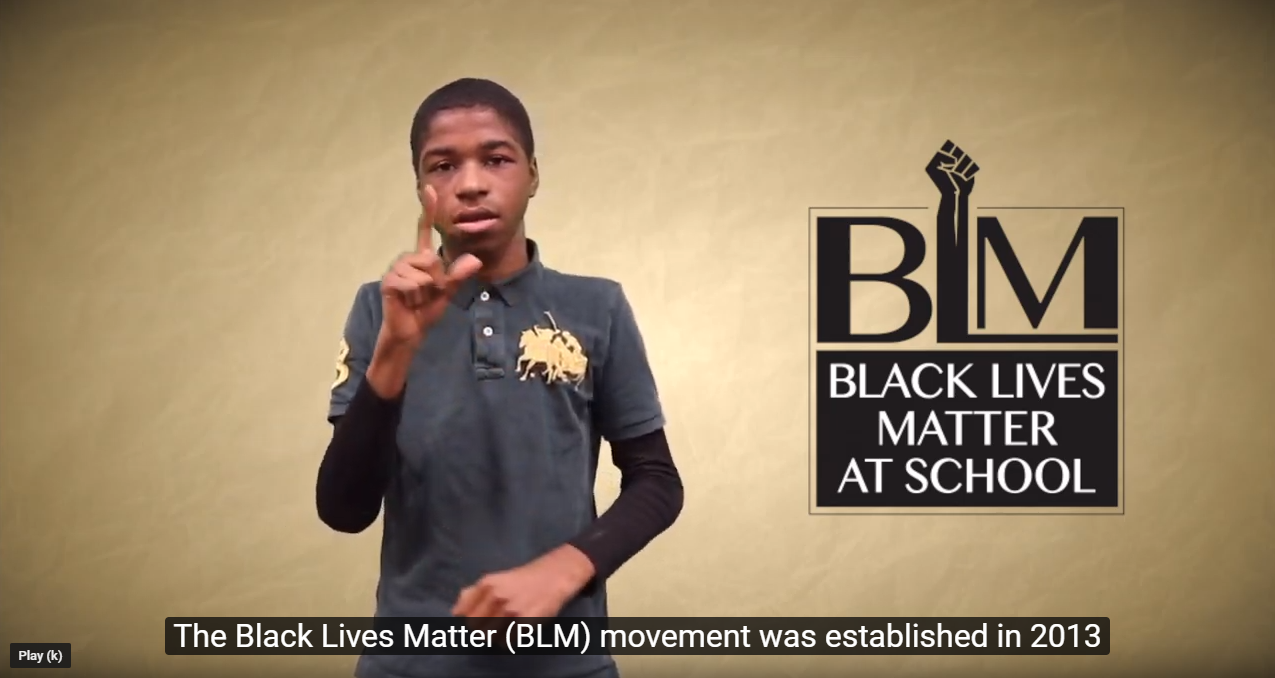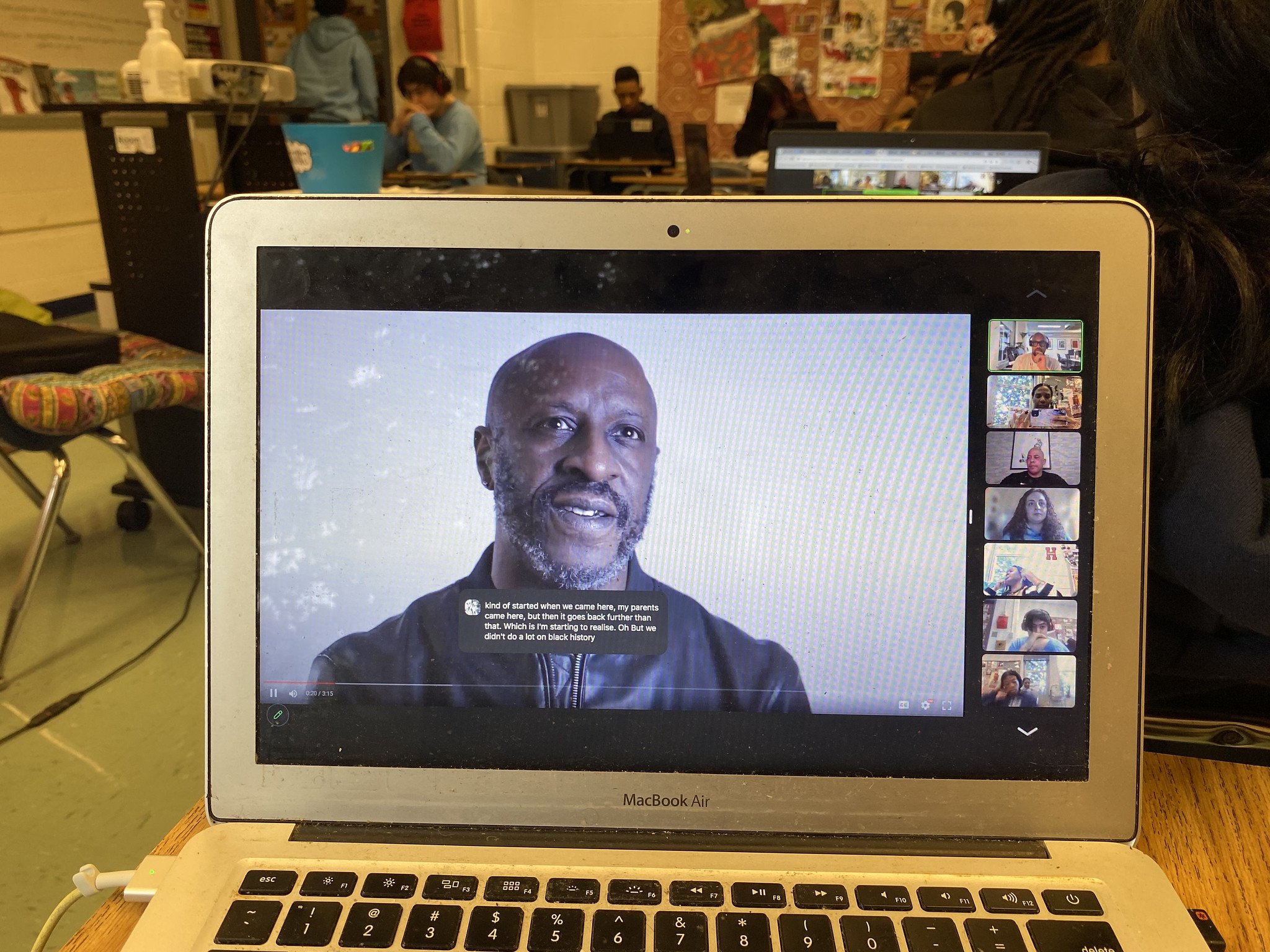13 Guiding Principles for Middle and High School Students
13 Principles in Spanish (PDF)
13 Principles in Arabic (PDF)
Teaching Ideas and Stories for Middle School
Explore a Padlet with curricula, teaching ideas, and previous lessons from the Black Lives Matter at School Week of Action. Share comments underneath postings, engage with peers, and add to the community board.
TEACHING STORIES
Teaching Ideas and Stories for High School
Explore a Padlet with curricula, teaching ideas, and previous lessons from the Black Lives Matter at School Week of Action. Share comments underneath postings, engage with peers, and add to the community board.
TEACHING STORIES
Lessons for Middle and High School
Black Lives Matter 13 Guiding Principles: Introductory Lesson 6TH-12TH.
Students will be able to explain the 13 core principles of the Black Lives Matter movement and analyze the importance/significance of the principles to their local community, the United States, and the world.Middle School Black Lives Matter Mini-Lessons 6TH-8TH.
Lessons that are appropriate for middle school classrooms that provide articles and videos that are appropriate for shorter blocks of instructions.Black Lives Matter Guiding Principles Poster Lesson 6TH-12TH.
Students will describe the types of designs that are used in artworks using academic vocabulary, interpret how an artist uses specific designs “symbolically” to express ideas, and create meaningful art with symbolic elements and designs.Promoting Social Imagination Through Interior Monologues 6TH-12TH.
Empathy, or “social imagination,” allows students to connect to “the other” with whom, on the surface, they may appear to have little in common. Restorative Justice, Empathy and Loving EngagementResistance 101: A Lesson on Social Justice Activists and Strategies 6TH-12TH.
This role play activity introduces students to people throughout history, including many young people, who fought for social justice and civic change using a range of strategies. The lesson helps young people recognize their power to challenge injustice. Diversity and Globalism, Ethnic Studies, Queer-Affirming, Collective Value, Intergenerational, Black Women‘If There Is No Struggle…’: Teaching a People’s History of the Abolition Movement 6TH-12TH.
In this role play, students become members of the American Anti-Slavery Society, facing many of the real challenges to ending slavery. Diversity and Globalism, Ethnic StudiesBlack Muslims in the United States: An Introductory Activity 6TH-12TH.
This interactive lesson introduces participants to Black Muslims in U.S. history through a meet-and-greet activity, empowering participants to combat Islamophobia by sharing stories that challenge unidimensional caricatures of Muslims. Diversity and Globalism, Ethnic StudiesCongo, Coltan, and Cell Phones: A People’s History 7TH-12TH.
More than 5 million people have been killed in Democratic Republic of the Congo since the late 1990s. Through this mixer activity, student can see a direct connection between the brutality of colonialism and the contemporary injustice in Congo: highly coveted natural resources, exploited by distant, powerful nations. Diversity and Globalism.
Lovecraft Country Lesson Series 6TH-12TH
This series of lessons from the Ida B. Wells Education Project, inspired by the Lovecraft Country television series, focuses on student-empowerment in exploring dark topics in American history. These activities include analyzing media images and developing media literacy, using Black-centered primary sources to build historical context, and extension activities that encourage positive engagement with movements for social change.#LastWords 7TH-12TH.
Students reflect on the last words of people killed by the police and read and respond to the poem 41 Bullets off Broadway by Willie Perdomo. Restorative Justice, Empathy and Loving EngagementMaya Angelou’s A Brave and Startling Truth 7TH-12TH.
Students are challenged to create a performance piece to help the rest of the class understand the message or theme of Angelou’s poem. Centering Black Women and FemmesThe Color Line 9TH-12TH.
A lesson on the countless colonial laws enacted to create division and inequality based on race that helps students understand the origins of racism in the United States and who benefits. Diversity and Globalism, Ethnic StudiesWhat is Justice? 9TH-12TH.
This lesson provides students with the opportunity to develop their own definition of justice, compare and contrast ideas of justice held by Western and Traditional societies, and identify and explain key components of a just society. Diversity and Globalism, Ethnic StudiesReconstructing the South: A Role Play 9TH-12TH.
This role play engages students in thinking about what freedpeople needed in order to achieve—and sustain—real freedom following the Civil War. It’s followed by a chapter from the book Freedom’s Unfinished Revolution on what would happen to the land in the South after slavery ended. Inter-Generational, Black Families and Black VillagesBurned Out of Homes and History: Unearthing the Silenced Voices of the Tulsa Race Riot 9TH-12TH
Teaching about patterns of displacement and wealth inequality through the 1921 Tulsa Race Riot. Inter-Generational, Black Families and Black VillagesStress and Racial Trauma: Learning to Identify Emotions and Cope 9TH-12TH.
Lessons introducing students to strategies to understand and process racial stress and provide models for them to engage in healing. Empathy, Loving Engagement, Collective Value Curated by Nkemka Anyiwo
Black Lives Matter Follow Up Activity Ideas for Youth 6TH-12TH.
Ideas to help students share their stories and advocate in their communities.
People’s History Lessons from the Zinn Education Project 6TH-12TH.
Many more lessons relevant to the Black Lives Matter Guiding Principles.
Films for Middle and High School
Sing the Heart of the Magic: A Jennifer L. Nelson Story Jennifer L. Nelson, a two-time Helen Hayes Award-winner, empowered people in the margins and transformed a coalition of artists into a full-producing theater company and launched careers while being a pioneer in hip-hop theater. Teaching guide available!
PBS Black in Latin America Henry Louis Gates, Jr. uncovers Latin America’s African roots in this four-part series.
Daisy Bates: First Lady of Little Rock Documentary on the life of Daisy Bates, best know for her role with the Little Rock Nine.
Ruby Bridges The true story of Ruby Bridges, the six-year-old girl who helped to integrate the all-white schools in New Orleans.
13th Ava DuVernay’s in-depth look at the prison system in the United States and how it reveals the nation’s history of racial inequality.
Brother Outsider: The Life of Bayard Rustin Documentary about the life of peace, labor, and civil rights activist Bayard Rustin.
Intersectionality 101 Learn about intersectionality with this student-friendly video from Teaching Tolerance.
All God’s Children A political, social, and religious analysis of sexual orientation within the context of the traditional African American values of freedom, inclusion, and the Christian ethic.
Hidden Figures Based on the story of three African-American women working at NASA who served as the brains behind the launch into orbit of astronaut John Glenn.
Eyes on the Prize A comprehensive fourteen-part documentary history of the Civil Rights Movement.
Sylvia Woods: “You Have to Fight for Freedom” Dramatic reading of an interview with Sylvia Woods, a pioneer in the struggle of African-American and women trade unionists, who describes why she decided not to sing the “Star Spangled Banner” at school in 1919 when she was 10 years old.
What Happened, Miss Simone? Using never-before-heard recordings, rare archival footage and her best-known songs, this is the story of legendary singer and activist Nina Simone.





